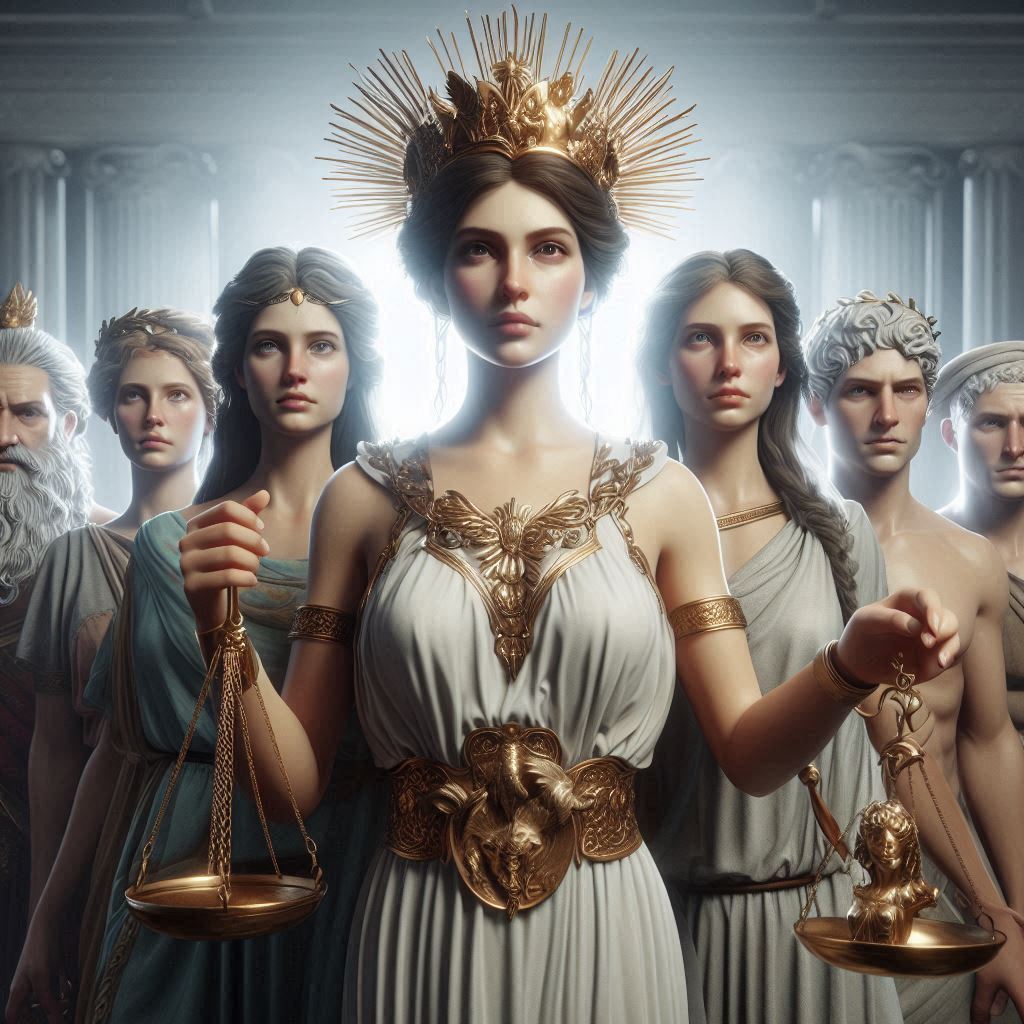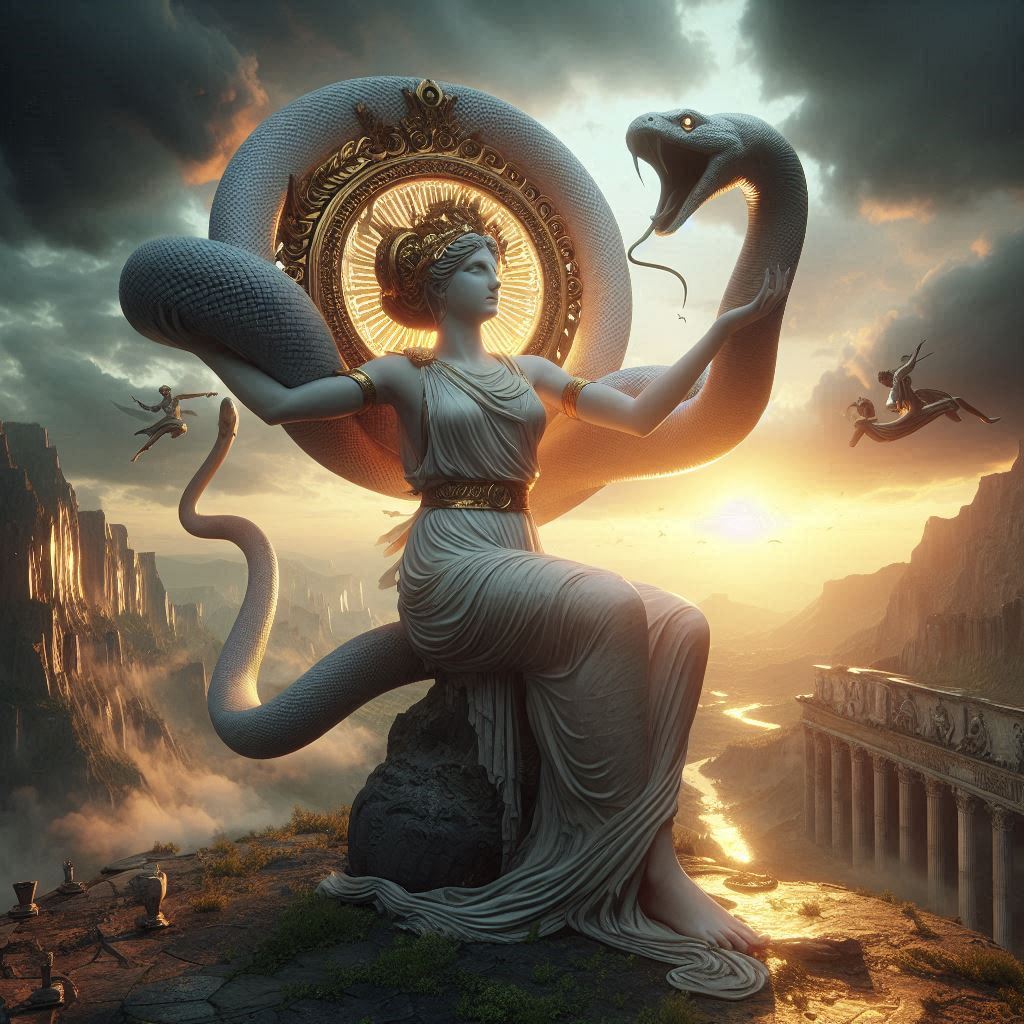Table of Contents
In Search of Lost Time: A Journey Through Memory, Time, and Art
Marcel Proust’s In Search of Lost Time is not merely a novel; it is a literary universe that redefines the boundaries of fiction, memory, and time. Spanning seven volumes and over 3,000 pages, this masterpiece is often regarded as one of the greatest literary achievements of the 20th century. Through its intricate exploration of memory, the passage of time, and the transformative power of art, Proust crafts a work that is as much a philosophical meditation as it is a narrative. The novel’s profound insights into human experience and its innovative narrative techniques have cemented its place as a cornerstone of modern literature.

At its core, In Search of Lost Time is a meditation on the nature of memory and its relationship to identity. The novel’s famous opening scene, in which the narrator, Marcel, dips a madeleine into a cup of tea and is suddenly transported back to his childhood, encapsulates the concept of involuntary memory. This moment, often referred to as the “madeleine episode,” illustrates how sensory experiences can unlock buried memories, revealing the fluidity and interconnectedness of time. Proust suggests that memory is not a linear or logical process but a fragmented and subjective one, shaped by emotions and sensations. Through this lens, the past is not lost but constantly accessible, waiting to be rediscovered in unexpected moments.
The novel’s structure mirrors its thematic preoccupation with time. Rather than following a conventional plot, In Search of Lost Time unfolds as a series of interconnected episodes, reflections, and digressions. Proust’s prose is characterized by its expansiveness, with sentences that stretch across pages and paragraphs that delve into the minutiae of human experience. This stylistic choice reflects the novel’s central concern: the passage of time and its impact on individuals and society. As the narrator moves from childhood to adulthood, he observes the ways in which people and places change, often in ways that are both poignant and ironic. The aristocratic salons of Paris, for instance, serve as a microcosm of social transformation, as the rise and fall of characters like Charles Swann and Baron de Charlus reflect the shifting dynamics of class and power.
One of the most striking aspects of In Search of Lost Time is its exploration of art as a means of transcending time. For Proust, art is not merely a reflection of life but a way of capturing and preserving its essence. The narrator’s eventual realization that he must write a novel—this very novel—underscores the idea that art is the ultimate form of redemption. Through the act of creation, the artist can immortalize fleeting moments and emotions, transforming them into something eternal. This theme is exemplified in the character of the composer Vinteuil, whose music becomes a vessel for profound emotional expression, and in the painter Elstir, whose works reveal the beauty and complexity of the world. Proust suggests that art has the power to bridge the gap between past and present, allowing us to reclaim lost time and find meaning in our experiences.
The novel’s characters are as richly drawn as its themes. From the enigmatic Albertine, whose relationship with the narrator is marked by obsession and jealousy, to the charming but flawed Swann, whose unrequited love for Odette serves as a precursor to the narrator’s own romantic struggles, Proust’s characters are both deeply individual and universally resonant. Their relationships, often fraught with misunderstanding and longing, reflect the complexities of human connection. Proust’s portrayal of love, in particular, is both tender and unflinching, capturing its capacity for both transcendence and torment.
In Search of Lost Time is also a novel deeply rooted in its historical and cultural context. Written during the Belle Époque and the aftermath of World War I, it captures a world on the brink of profound change. The decline of the aristocracy, the rise of modernity, and the shifting social mores of the early 20th century are all reflected in the novel’s pages. Yet, despite its specificity, the novel’s themes are timeless, speaking to the universal human experience of love, loss, and the search for meaning.
Marcel Proust’s writing style in In Search of Lost Time is one of the most distinctive and influential aspects of the novel, and it plays a crucial role in shaping the reader’s experience. His prose is often described as intricate, expansive, and immersive, characterized by long, winding sentences, detailed descriptions, and a profound attention to the nuances of human thought and perception. Below, I’ll delve deeper into the key features of Proust’s style and how they contribute to the novel’s themes and impact.
The Long, Unfolding Sentence
One of the most immediately recognizable features of Proust’s writing is his use of long, complex sentences that often span multiple pages. These sentences are not merely lengthy for the sake of being verbose; they reflect the fluidity and interconnectedness of thought and memory. Proust’s sentences meander, digress, and circle back, much like the way the human mind works when recalling the past or reflecting on an experience. For example, in the famous “madeleine episode,” the narrator’s recollection of his childhood unfolds gradually, with each clause adding another layer of detail and emotion. This stylistic choice mirrors the process of memory itself, which is rarely linear or straightforward.
The long sentences also create a sense of immersion, drawing the reader into the narrator’s inner world. By the time one reaches the end of a sentence, they have been taken on a journey through time, space, and emotion, experiencing the narrator’s thoughts and sensations as if they were their own. This technique allows Proust to capture the richness and complexity of human consciousness in a way that feels both intimate and expansive.
Attention to Detail and Sensory Description
Proust’s writing is renowned for its meticulous attention to detail, particularly in its descriptions of sensory experiences. Whether he is describing the taste of a madeleine, the sound of a piece of music, or the play of light on a landscape, Proust’s prose is deeply evocative. He uses sensory details not just to create vivid imagery but to evoke emotions and memories. For instance, the taste of the madeleine dipped in tea becomes a portal to the narrator’s childhood, illustrating how sensory experiences can trigger involuntary memories.
This focus on sensory detail also reflects Proust’s belief in the importance of perception. He suggests that reality is not an objective truth but something shaped by individual experience and interpretation. By describing the world in such precise and subjective terms, Proust invites the reader to see through the narrator’s eyes and to appreciate the beauty and significance of seemingly mundane moments.
Digressions and Reflections
Proust’s narrative is filled with digressions, reflections, and philosophical musings that often interrupt the flow of the plot. These digressions are not tangential but integral to the novel’s structure and themes. They allow Proust to explore ideas about time, memory, love, art, and society in depth, weaving them into the fabric of the story. For example, the narrator’s reflections on the nature of jealousy in his relationship with Albertine are not just about the characters but about the universal experience of love and its complexities.
These digressions also contribute to the novel’s sense of timelessness. By stepping away from the plot to reflect on broader themes, Proust creates a narrative that feels expansive and open-ended, much like the passage of time itself. The reader is encouraged to slow down and savor each moment, much as the narrator does when recalling his past.
Psychological Depth and Introspection
Proust’s writing is deeply introspective, delving into the inner lives of his characters with remarkable psychological depth. He is particularly interested in the ways in which people perceive themselves and others, and how these perceptions change over time. The narrator’s observations about the people around him—such as Swann, Odette, and the Guermantes—are not just descriptions of their behavior but explorations of their motivations, desires, and insecurities.
This psychological depth is achieved through Proust’s use of free indirect discourse, a narrative technique that blends the narrator’s voice with the thoughts and perspectives of the characters. This allows Proust to seamlessly transition between external description and internal reflection, creating a narrative that feels both intimate and omniscient. The result is a profound understanding of human nature, as Proust reveals the contradictions, illusions, and vulnerabilities that define his characters.
The Role of Time in Narrative Structure
Proust’s style is deeply intertwined with his exploration of time. The novel’s structure is non-linear, with the narrator moving fluidly between past and present, memory and reality. This fluidity is reflected in the prose itself, which often shifts between different temporal planes within a single sentence or paragraph. For example, a description of a social gathering might begin in the present moment but quickly spiral into memories of past events, reflections on the passage of time, and anticipations of the future.
This temporal complexity mirrors the novel’s central theme: the search for lost time. Proust suggests that time is not a straight line but a web of interconnected moments, each one shaped by memory and perception. By structuring his narrative in this way, he captures the elusive nature of time and the ways in which it shapes our lives.
The Lyrical and Poetic Quality
Despite its complexity, Proust’s prose is often lyrical and poetic, filled with metaphors, similes, and rhythmic patterns that elevate it to the level of art. His descriptions of nature, art, and human emotion are imbued with a sense of beauty and wonder, inviting the reader to see the world through a more poetic lens. For instance, his portrayal of the hawthorn blossoms in Combray is not just a description of flowers but a meditation on beauty, memory, and the passage of time.
This lyrical quality is part of what makes In Search of Lost Time such a deeply affecting work. Proust’s prose is not just a vehicle for storytelling but an artistic expression in its own right, capable of evoking profound emotions and insights.
A Style That Mirrors Life
Marcel Proust’s writing style in In Search of Lost Time is as much a part of the novel’s meaning as its themes and characters. Through his long, intricate sentences, meticulous attention to detail, and profound psychological insight, Proust creates a narrative that mirrors the complexity and fluidity of human experience. His prose is not just a means of telling a story but a way of capturing the essence of life itself—its beauty, its contradictions, and its fleeting moments of transcendence. In this way, Proust’s style is not just a literary technique but a philosophical statement, inviting the reader to slow down, reflect, and appreciate the richness of the world around them.
Proust’s style is undoubtedly challenging, but it is also deeply rewarding, offering readers a unique and transformative experience. It is a style that demands patience and attention, but for those willing to immerse themselves in its depths, it offers unparalleled insights into the nature of memory, time, and art.
In conclusion, Marcel Proust’s In Search of Lost Time is a monumental work that transcends the boundaries of fiction. Through its exploration of memory, time, and art, it offers a profound meditation on what it means to be human. Its intricate narrative structure, richly drawn characters, and philosophical depth make it a work that demands and rewards careful reading. More than a century after its publication, In Search of Lost Time remains a testament to the enduring power of literature to illuminate the complexities of life and the human condition.


No responses yet